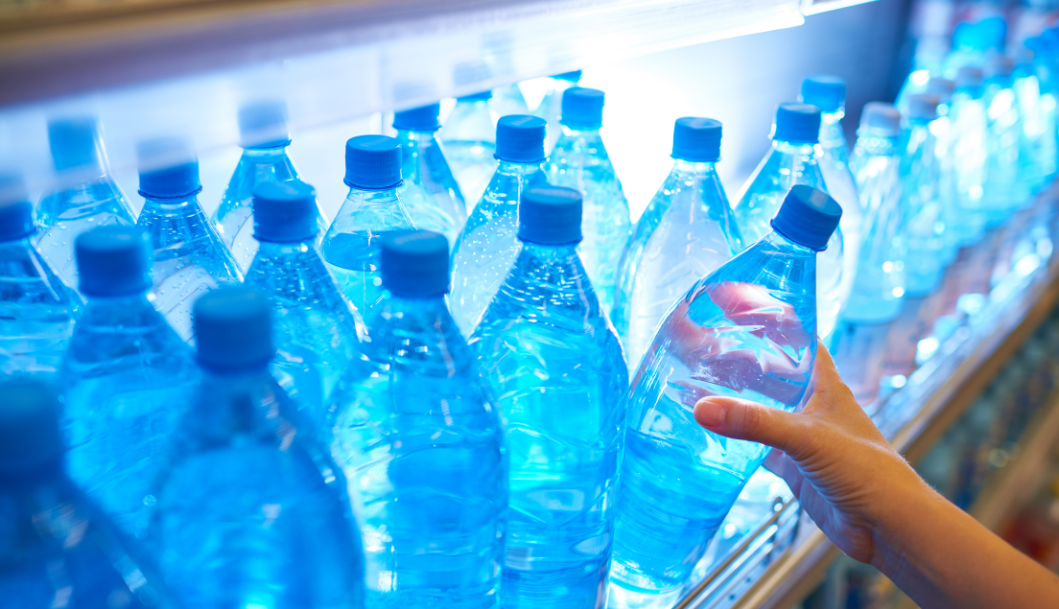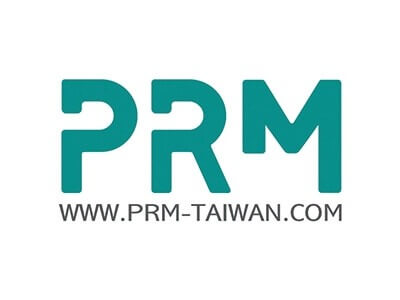Bottled water contains up to 100 times more plastic than previously estimated, new study says

Scientists have revealed that bottled water contains significantly more minuscule plastic particles than previously estimated, with up to 100 times the amount now being detected, according to a study published in the Proceedings of the National Academy of Sciences on Monday. Researchers from Columbia University and Rutgers University employed a laser method to identify nanoplastics, particles less than 1 micrometer in size. This advanced technique uncovered an average of approximately 240,000 detectable plastic fragments per liter of bottled water, a revelation that is 10 to 100 times higher than previous estimates, which focused on larger microplastics.
Previous research in 2018 had identified an average of around 300 microplastic particles per liter of water, measuring particles less than 5 millimeters in length. The latest study delved into nanoplastics, which are significantly smaller particles, less than 1 micrometer, dwarfing the diameter of a human hair at around 70 micrometers.
The research, which tested three popular U.S. bottled water brands (not disclosed), indicated that the amount of plastic fragments in each liter ranged from 110,000 to 370,000 particles. Approximately 90% of these particles were nanoplastics, with the remainder being microplastics. The study's findings prompted concerns about potential health implications, as nanoplastics are believed to be more toxic due to their smaller size, making them more capable of entering the human body.
Despite the alarming results, the International Bottled Water Association downplayed the concerns, citing a lack of standardized measuring methods and no scientific consensus on the health impacts of nano- and microplastic particles. The association stated that media reports on these particles in drinking water could unnecessarily alarm consumers.

Health officials acknowledge that people are exposed to microplastics through breathing, drinking, and eating. While the human body naturally flushes out most microplastics, the study's researchers argued that nanoplastics, being smaller, might pose a greater risk of entering vital organs. The World Health Organization (WHO) acknowledged potential hazards associated with microplastics, including the particles themselves, the chemicals comprising them, and the possibility of microorganisms attaching to them.
While the WHO considered the risk to be low in 2019, environmental chemist Beizhan Yan from Columbia University expressed concern about the potential health risks associated with nanoplastics. There is uncertainty among researchers about the dangers of microscopic plastic particles, and the FDA, responsible for regulating bottled water products in the U.S., is reviewing the findings of the nanoplastic study.
Current regulations mandate water to undergo filtration processes removing particles larger than one micron. The International Bottled Water Association emphasized a multi-barrier approach to prevent contamination throughout the production process but maintained that there is no scientific consensus on potential health impacts.
Article Source
https://www.cbsnews.com/news/bottled-water-nanoplastics-up-to-100-times-more-plastic-pnas/
















